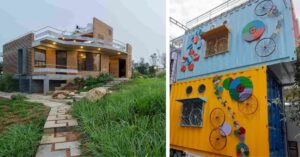Chennai Architect Reuses Waste, Uses Mud & Timber to Build Green Homes!
One of the first disciples of Laurie Baker, this civil engineer is doing his part to keep the planet liveable, one building at a time!
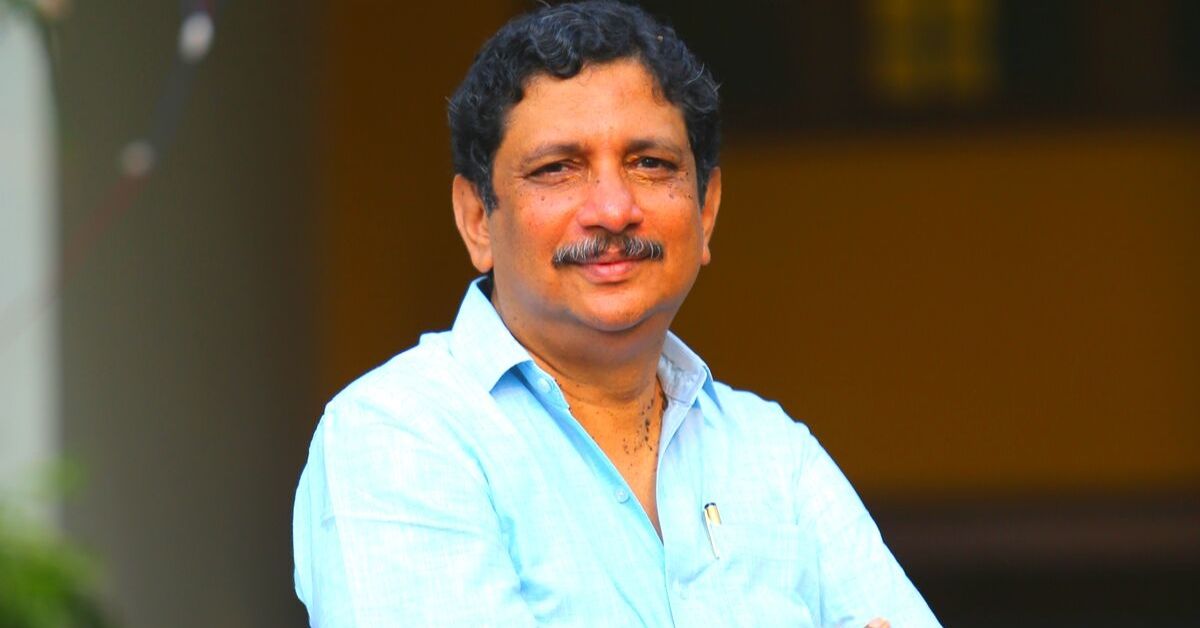
“Why did I receive the Lifetime Achievement Award? I don’t even look that old,” said the eminent architect Benny Kuriakose jokingly.
To which the jury of Estrade Real Estate Awards replied, “The kind of work you do is relevant for a safe future.” The conversation took place in 2016 at one of the most prestigious award ceremonies in the world.
In his 30-year-old celebrated career in the field of sustainable architecture, Benny has built residential buildings, resorts and commercial structures using traditional, locally-sourced and eco-friendly materials like timber, stone, and earthen.
Want to make your house eco-friendly? Check out these cost-effective and 100% natural handcrafted accessories for your home and kitchen here
The Chennai-based architect is widely known for his versatility which spans restoration, conservation, disaster rehabilitation, and working with the new buildings.
From Civil Engineer to Architect
It was an accidental meeting with his ‘guru’ that made the newly-graduated student opt for a slightly different line of work. After acquiring a degree in Civil Engineering from the College of Engineering, Trivandrum in 1984, Benny ventured into architecture.
His guru was Laurie Baker, called the ‘Gandhi of Architecture’ and considered to be the ‘Father of Sustainable Architecture’. As per Benny, he was the fourth person in India to work with Baker.
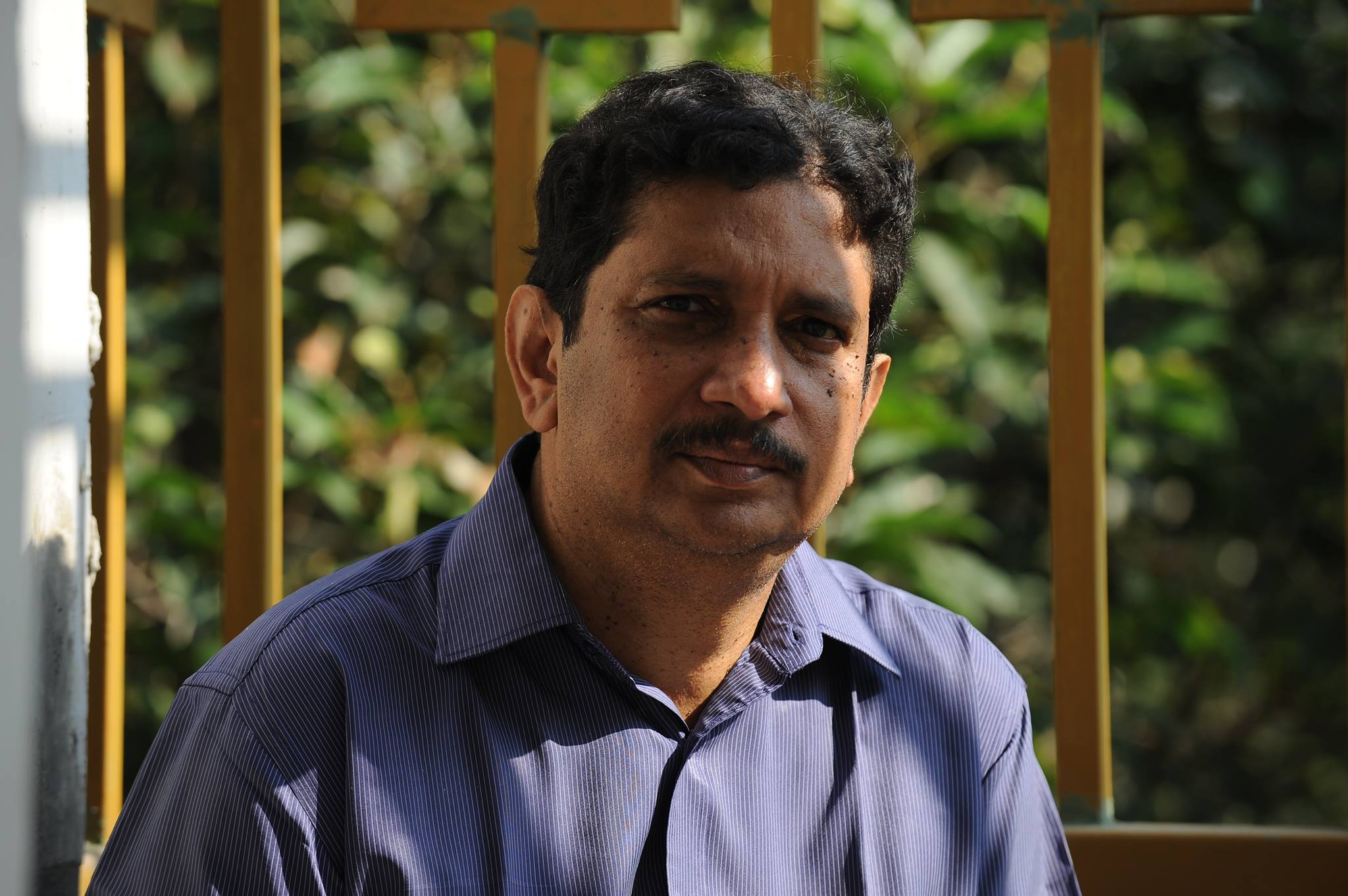
“I casually met Laurie Baker on an under-construction building site and spoke to him for an hour. I was most impressed by his ideas and motives behind constructing buildings without harming the environment. By the end of the conversation, I knew I wanted to work with him,” Benny tells The Better India (TBI).
After working with Baker, Benny started his practice in 1985 and spent the next year working with organisations like Centre of Science and Technology for Rural Development (COSTFORD), Kerala State Nirmithi Kendra and Integrated Rural Technology Centre, Palakkad.
In 1986, he won a scholarship from Charles Wallace India Trust to pursue a Master’s Degree in Conservation Studies from the Institute of Advanced Architectural Studies at the University of York, UK. Later on, he took his doctorate from the Indian Institute of Technology, Madras and his research topic was public housing in Kerala.
However, despite a Master’s degree from a prestigious university, very few people in his industry took him seriously, “I did not have an architecture degree and I have lost many projects because of this.
Life took a turn in 1992 when the popular South Indian actor Mammootty reached out to him, “I was excited when Mammootty sir called but was also nervous about designing his house.”
He took up the Chennai-project, but this time he decided to innovate and take inspiration not only from the Baker principles, but also from vernacular architecture and from the work of many other architects.
The guidelines of the south superstar were clear – to use minimal materials and paint. So, Benny avoided the use of marbles and glass and replaced them with old recycled timber. Doors were made from discarded teakwood. The terracotta flooring spoke of the old Kerala style architecture.
The eco-friendly house of Mammootty gave him recognition, and soon there was no looking back for Benny.
In 1996, he began work in Dakshinachitra museum, also known as Craft village, on the outskirts of the city. The museum comprises of 18 heritage houses, each representing the living styles of people from the southern states. The houses were made from local and waste materials and mud.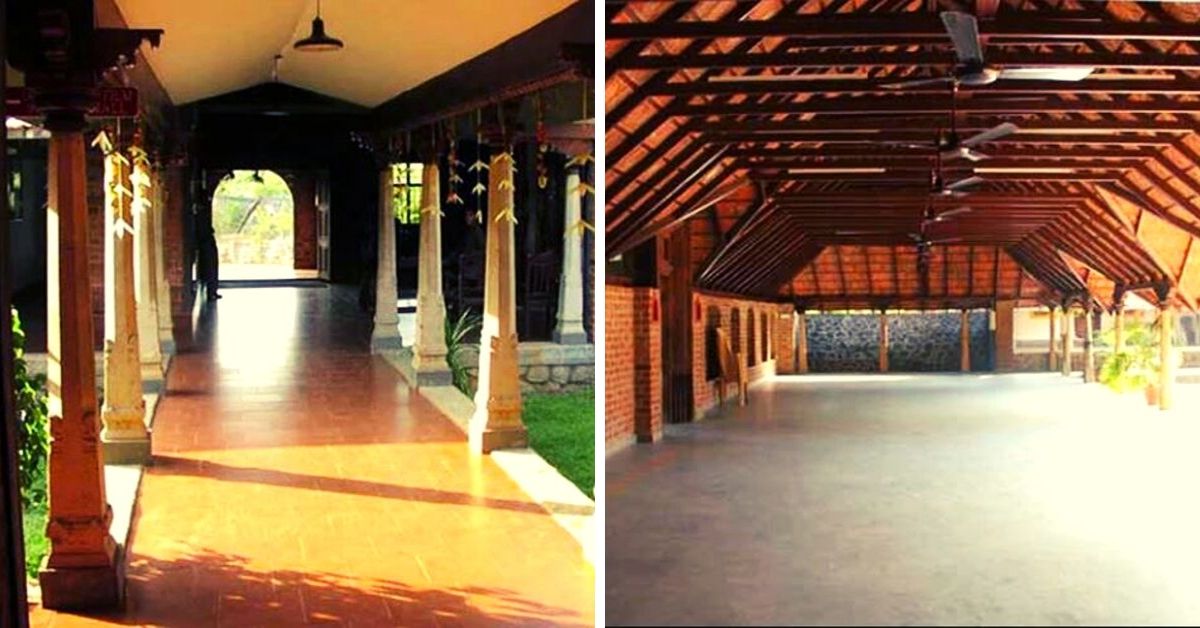
One of his prominent projects is the on-going Muziris Heritage Project in collaboration with the Government of Kerala. The ancient port city of Muziris is being restored to its former glory with a sustainable approach. The work began in 2009 and Benny and his team are working to restore mosques, museums, churches, palaces, forts, etc.
In the field of disaster-relief, some of his housing projects include the Latur (1993) and Bhuj (2002) earthquake. He designed more than 1,000 homes for the fisherfolk in Tharangambadi and Chinnangudi villages in Nagapattinam, under the Tsunami Rehabilitation Project.
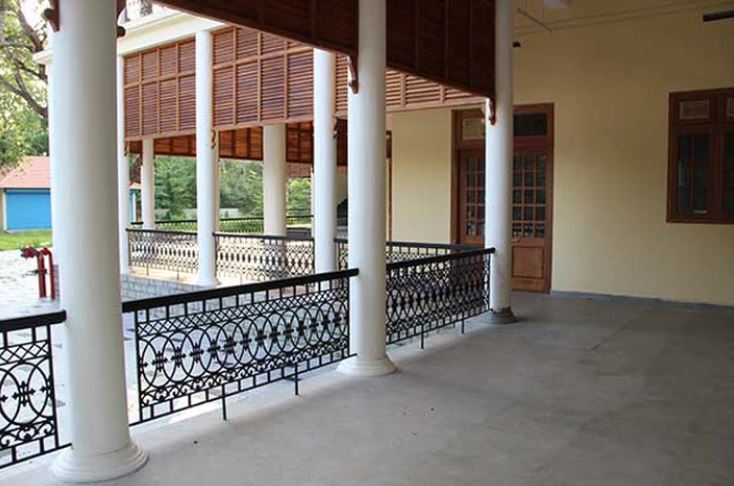
The design of each project differs depending on climate, local resources, the client’s budget, land availability, and so on. The eco-conscious architect also tries to inculcate traditional aspects like courtyards, verandahs, roofs in modern structures.
Meanwhile, ‘Casa Rojo’, a house 15 km outside Chennai on East Coast Road is an amalgamation of modern and traditional concept. The use of open spaces by having two verandahs (entrance and rear), large windows and doors ensure cross ventilation and thermal comfort round the year. The house was built without cutting an old orchard comprising mango and other fruit trees.

Benny’s architectural firm has scaled up their operations in the last couple of years, and currently 23 people work along with him. Benny’s team does not have any hierarchy, and every member contributes equally. Benny continues Baker’s legacy even today.
Benny still remembers how Baker told him that he would not teach him; if Benny wanted to learn it would be through observations. For the nine months that he worked with Baker, Benny spent most of his time on-site.
Baker not only shaped Benny’s ideas about sustainable architecture but also his life’s philosophy. It is no wonder that his early works reflect his guru’s methods.
“More than my boss, he was my teacher from whom I learnt a lot about architecture. He never stuck to the conventional method of drawings. He would optimally use the local resources and workforce. He worshipped his work and working in alliance with the environment was a priority for Baker,” the eco-architect shares.
Awards, Recognition and the Way forward
For his exemplary sustainable work, Benny has several awards and accolades to his name like the Charles Wallace (India) Trust Award (1986), Designer of the Year Award by Inside Outside Magazine (2002), Celebration of Architecture Award by Inside Outside Magazine (2011) and the latest being Editor’s Choice for Exemplary Body of Work, Trends Excellence Award (2017).
Such acknowledgment has encouraged Benny, who aims to increase his projects in the commercial space, “I want to spread the eco-friendly technique across India and show people that it is possible to have a sustainable building even in urban spaces.”
To inform people about the benefits of eco-friendly houses, Benny has recently started sharing his projects on his social media platforms.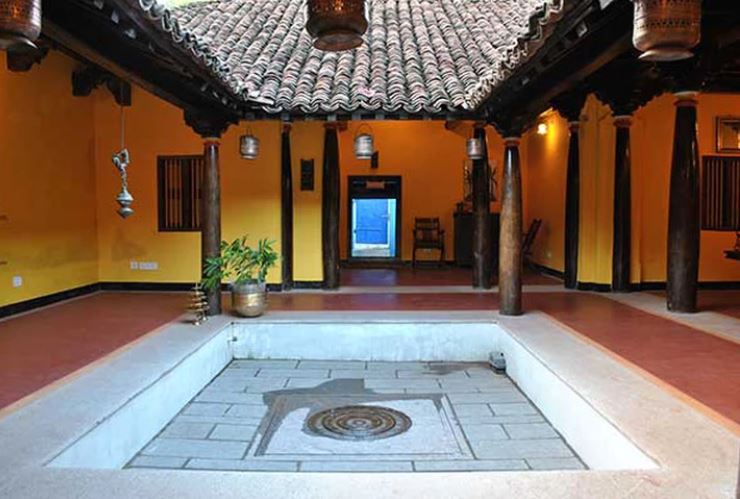
In addition to constructing building with eco-friendly materials, architects need to focus on recycling or conserving the existing buildings. We can reduce carbon footprint by recycling waste materials like timber, debris and so on, says Benny.
“Trees are the only things which can convert carbon dioxide into oxygen. If timber is allowed to decay or is burnt, then carbon dioxide is emitted back into the atmosphere as part of the carbon cycle. But when timber is used for buildings, carbon is not emitted back into the atmosphere. If more and more timber is used in buildings, and more trees are grown, the global warming trend can be reversed and this is the most important thing to be done at the moment,” adds the architect, elaborating on the need to integrate timber as a main construction material.
You can follow him here.
Check out his projects here.
Also Read: Building Low-Cost Green Houses Since 1996: Architect Brings Back Mud Homes In India!
Picture Courtesy: Benny Kuriakose
(Edited by Saiqua Sultan)
Like this story? Or have something to share?
Write to us: [email protected]
Connect with us on Facebook and Twitter.
This story made me
- 97
- 121
- 89
- 167
Tell Us More
We bring stories straight from the heart of India, to inspire millions and create a wave of impact. Our positive movement is growing bigger everyday, and we would love for you to join it.
Please contribute whatever you can, every little penny helps our team in bringing you more stories that support dreams and spread hope.






